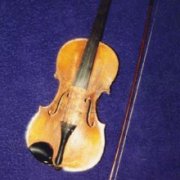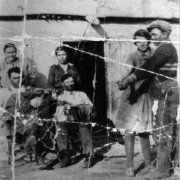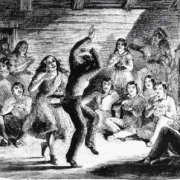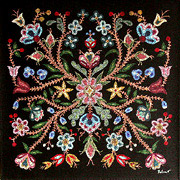Métis people of Canada
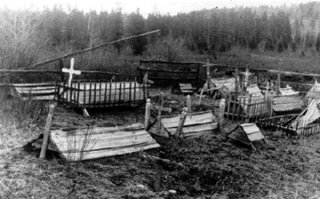
Religion
The religious thinking associated with the Métis everyone was a mixture of two globes, similar to components of their culture. Their particular spirituality ended up being impacted by both their moms’ local heritage and their dads’ more European values.
It was typical the Métis to mix components of Native (mainly Ojibwa and Cree), and Catholic or Protestant religions.
Church - numerous Métis individuals visited Catholic or Protestant churches on a regular basis.
Marriage also traditions - numerous Métis had been married in a chapel (after Catholic or Protestant practices) and were buried in Catholic or Protestant cemeteries.
Métis burial
Church at Batoche

St. Boniface Cathedral
Métis wedding
Graves at Batoche
Ceremonies / Music / Dance
Métis artists
Music and dance were essential elements of Métis culture. They were fabled for their fiddle songs and dancing.
Métis fiddle
Songs
Music played an important role into the life style associated with the Métis people. They presented many community events that involved music and dancing.
The fiddle had been the most typical instrument used by the Métis. Other devices included the concertina, harmonica, hand drum, lips harp, and hand devices (like bones and spoons)
Fiddle
It was the French and Scots just who first introduced fiddles to the Métis.
The fiddles had been handmade from maple and birch lumber. Fundamentally the Métis men and women discovered how to make their fiddles, simply because they had been therefore costly purchasing or trade for.
The Métis fiddle music had a distinct noise to it.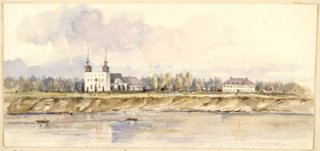 The bottom sequence for the fiddle was tuned to a the (up a tone from G), together with rhythm of tracks was considering syncopation and further beats (for dancing).
Fiddle songs was frequently played associated with some one playing the spoons, drumming on a tin-pan, or stomping (to keep the beat).
The bottom sequence for the fiddle was tuned to a the (up a tone from G), together with rhythm of tracks was considering syncopation and further beats (for dancing).
Fiddle songs was frequently played associated with some one playing the spoons, drumming on a tin-pan, or stomping (to keep the beat).
Fiddle
Dance outside
Métis jig
Moving
The standard music of the Métis ended up being up-tempo and vibrant, which caused it to be perfect for dance. Additional and unusual music had been added to provide reversal into music, making the party much faster.
The Métis dances had been a mixture of European (French, Scottish, Irish) and Native influences.
Red River Jig
The standard party regarding the Métis individuals was the Red River Jig. In a jig, the quicker the fiddle music, the faster the dancers’ feet had to go (performer constantly adopted the fiddle muic).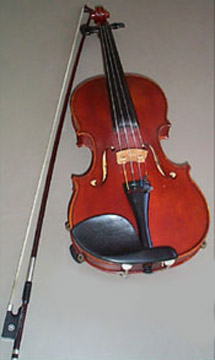 The rhythm ended up being held by toe tapping or playing the spoons.
The jig had two parts:
One component: standard jig actions, in which the fiddle played the high part
Second Part: fiddle played the reduced part, and there clearly was fancier, faster footwork
Performers usually competed with an added performers for the fastest, most complicated footwork.
The rhythm ended up being held by toe tapping or playing the spoons.
The jig had two parts:
One component: standard jig actions, in which the fiddle played the high part
Second Part: fiddle played the reduced part, and there clearly was fancier, faster footwork
Performers usually competed with an added performers for the fastest, most complicated footwork.
Art
Métis art was greatly impacted by both European and Native countries. However Métis art has additionally influenced other local teams in Canada. Métis art ended up being frequently wrongly labeled, with credit fond of another indigenous team in Canada. Many Europeans desired to get art from ‘real’ Native performers, so that the Métis had been often obligated to offer their art to other local teams (whom resold it to European traders). This caused the confusion within the source of this art.
Example of...
Source: firstpeoplesofcanada.com
Share this article
Related Posts

 Religion
Religion
 St. Boniface Cathedral
St. Boniface Cathedral
 The bottom sequence for the fiddle was tuned to a the (up a tone from G), together with rhythm of tracks was considering syncopation and further beats (for dancing).
The bottom sequence for the fiddle was tuned to a the (up a tone from G), together with rhythm of tracks was considering syncopation and further beats (for dancing). The rhythm ended up being held by toe tapping or playing the spoons.
The rhythm ended up being held by toe tapping or playing the spoons.